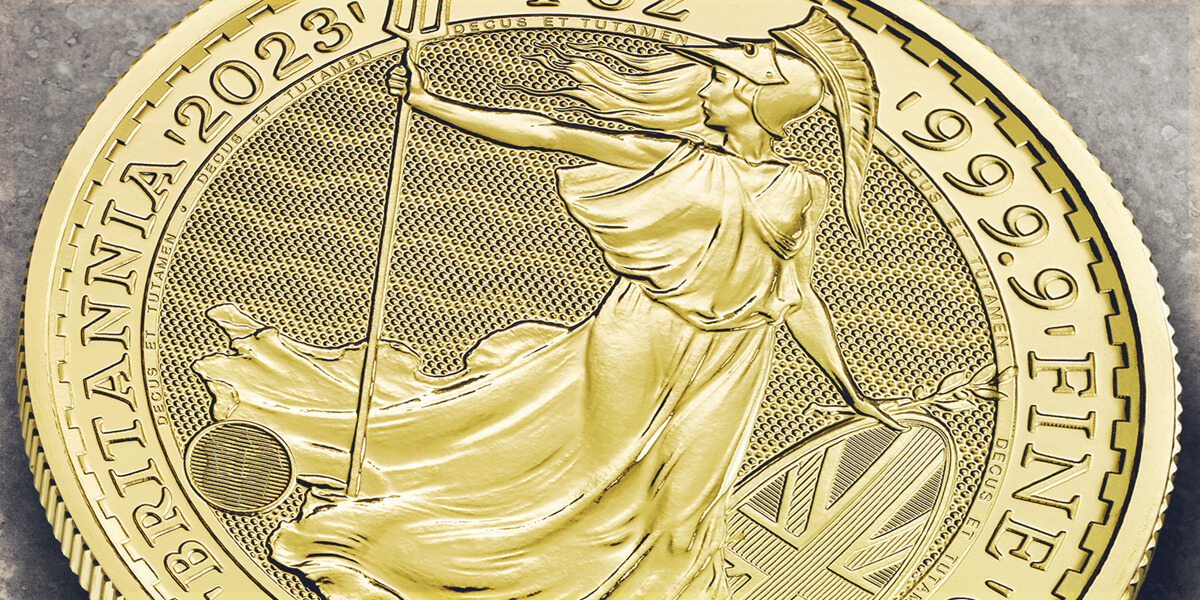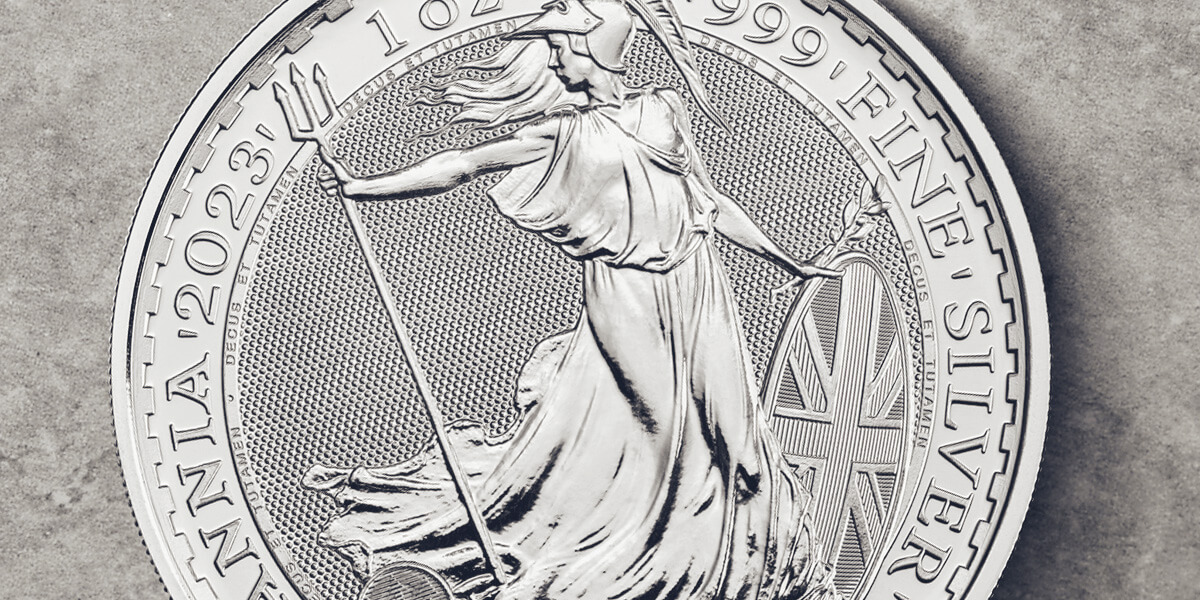- What is a carat?
- Gold Purity and Fineness
- Silver Purity and Fineness

What is a carat?
Any knowledge of fineness and purity should start with understanding what a carat is. A carat is the international standard of the fineness of gold. The carat of a product is expressed as a 24-part ratio, with pure gold rated as 24 carat.

Gold Purity and Fineness
Arguably the most alluring precious metal of all, gold is sought for use in jewellery, coins and bars and as an investment. Strong and malleable, gold in its pure form is too soft for many applications, so it is alloyed with other metals to create durability, resulting in the carat ratings we are familiar with.
The price of gold is based on its purity and its weight. The most common purities of gold are:
24 carat – equal to 100% pure gold
22 carat – made up of 22 parts gold and 2 parts alloy, resulting in 91.7% pure gold
18 carat – made up of 18 parts gold and 6 parts alloy, resulting in 75% pure gold
14 carat – made up of 14 parts gold and 10 parts alloy, resulting in 58.3% pure gold
9 carat – made up of 9 parts gold and 15 parts alloy, resulting in 37.5% pure gold

Silver Purity and Fineness
According to The Silver Institute, silver was first mined in around 3000 BC, in what we now know as Turkey.[1] Today, it is popularly used in industry, investing and jewellery. Silver’s popularity is consistently rising amongst younger generations, with millennial women being responsible for more than half of the purchases of silver jewellery in the United States. As quite a malleable metal, the purest silver is softer than both platinum and gold. Due to this pliability, silver is typically alloyed with a secondary metal – usually copper – to add strength.
The purity of silver is expressed in millesimal fineness – in other words, parts per thousand. For example, sterling silver has a minimal millesimal fineness of 92.5%, with the remainder being made up of an alloy. The hallmark ‘925’ on a piece of jewellery or antique shows that the silver is of sterling standard. It’s not possible to create jewellery from 99.9% pure or fine silver, as this would be too soft for a silversmith to craft.
The most common purities of silver are:
999 – fine or pure silver, 99.9%
958 – Britannia standard silver, 95.8%
925 – sterling silver, 92.5%
800 – silver often used in jewellery, 80%
[1] Silver Mining in History - The Silver Institute




